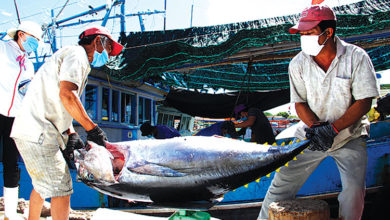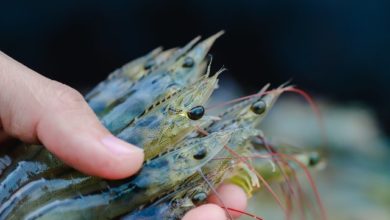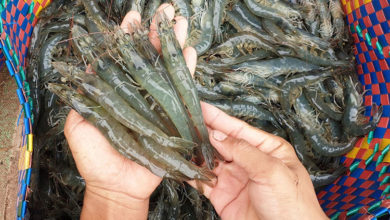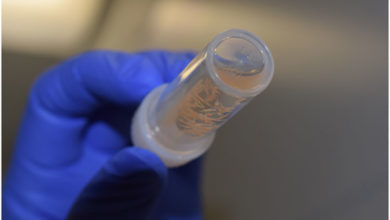EU approves addition of new species and aquaculture areas to the 2024 residue monitoring program
The Department of Quality, Processing, and Market Development has recently issued a document to several provincial Departments of Agriculture and Rural Development (DARD) and seafood processing and export businesses regarding the EU’s approval of adding new species and aquaculture areas to the 2024 residue monitoring program.
To comply with EU regulations and prepare for the upcoming EU inspection on residues in farmed seafood, the Department of Quality, Processing, and Market Development has requested DARDs of the provinces: Ba Ria – Vung Tau, Hau Giang, An Giang, Ca Mau, and Kien Giang to direct local monitoring agencies to ensure resources and fully implement the sampling plan for monitoring farmed seafood species and areas as proposed by the localities and approved by the EU authorities, according to the Department’s guidance in Document No. 1155/CCPT-GSĐG dated June 19, 2024.
Specifically:
- Ba Ria – Vung Tau (Lộc An district, black tiger shrimp, 600 tons from July to the end of 2024)
- Hau Giang (eels farmed in Phung Hiep and Vi Thuy districts, 12 hectares, 2,000 tons)
- An Giang (channel catfish and tilapia in Chau Doc district, 3 hectares and 8 hectares respectively, 200 tons of channel catfish and 640 tons of tilapia)
- Ca Mau (whiteleg shrimp and black tiger shrimp in Ngoc Hien and Nam Can districts, 56 hectares, 800 tons of whiteleg shrimp and 750 tons of black tiger shrimp)
- Kien Giang (black tiger shrimp in Kien Luong district, 150 hectares, 1,100 tons)
The local DARDs are also instructed to notify seafood processing and export businesses that use materials from these approved areas to update their HACCP programs and fully implement the monitoring criteria as per the Department’s guidelines. Businesses exporting farmed seafood to the EU should only source materials from aquaculture areas that have been approved and monitored by the Southern Region Sub-Department, and refrain from sourcing from farms with samples that violate chemical or antibiotic regulations as per specific notifications.
For seafood processing and export companies targeting the EU market, the Department of Quality, Processing, and Market Development advises them to source materials from farmed seafood species newly approved by EU authorities. Businesses are required to update their HACCP quality management programs accordingly, ensuring that all relevant criteria, as outlined in Section 2 of the Appendix attached to the Department’s guidelines (Document No. 1155/CCPT-GSĐG dated June 19, 2024), are fully monitored. Furthermore, they should only source these approved species from aquaculture areas identified by the Southern Region Sub-Department, which provides detailed reports on the scope and results of residue monitoring, as required by Circular 31. It is crucial for businesses to avoid purchasing, processing, or exporting seafood to the EU from farms where samples have been found to contain chemical or antibiotic violations, according to notifications from the Southern Region Sub-Department.
The Southern Region Sub-Department will provide monthly updates on the monitoring results for these new areas and handle cases where samples exceed the maximum allowable limits in accordance with Circular 31 and the Handbook on Establishing and Implementing Residue Monitoring Programs.
The regional Centers for Quality, Processing, and Market Development must review and ensure that export shipments to the EU, using materials from these newly approved species and areas, meet the requirements outlined in Sections 1, 2, and 3 of this document, as well as regulations from Circular 48/2013/TT-BNNPTNT dated November 12, 2013, Circular 32/2022/TT-BNNPTNT dated December 30, 2022, and the seafood and seafood product food safety control program for exports to the EU under Decision No. 5523/QD-BNN-CCPT dated December 21, 2023, of the Ministry of Agriculture and Rural Development.
VFM






